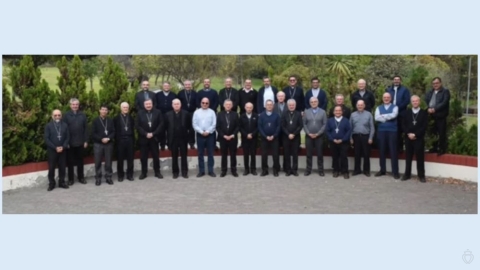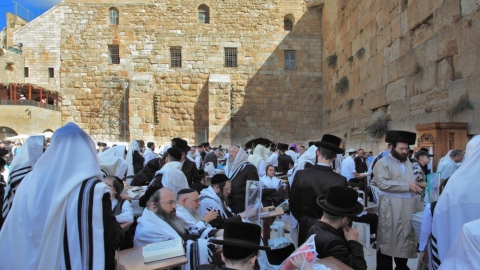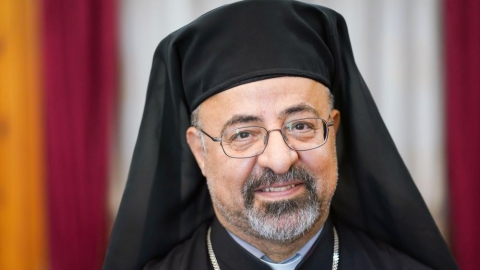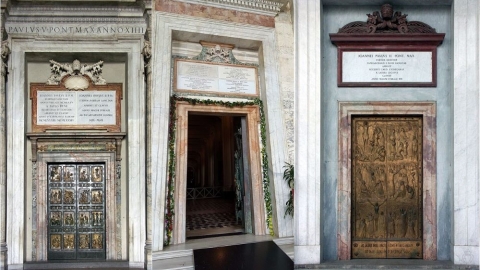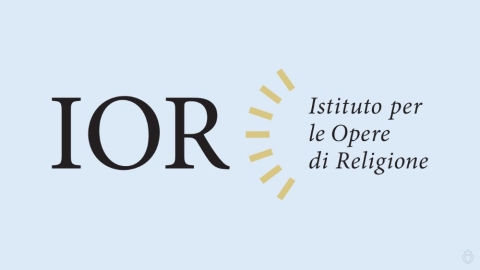India: Tension Grows Among Syro-Malabar Catholics

Elevation in the Syro-Malabar rite
To adopt a uniform liturgy correcting certain abuses is the challenge that the Syro-Malabar Catholic Church in India, which has been going on for several years.
At the end of a seven-day synod which ended on January 15, 2022, the leaders of this part of the Church – established on the western coast of British India, and united with Rome at the end of the 16th century – signed a new document solemnly demanding the implementation of the liturgical form established almost 23 years ago, in 1999.
As already exhaustively explained in a previous article, liturgical divergences appeared at the end of the 19th century with the partial restoration of the autonomy of the Syro-Malabar Church.
However – as we see in the East as in the West – in terms of liturgy, from restoration to archaism, any decision will have serious consequences.
Two currents were thus born in India, in the first half of the 20th century, opposing those who wanted a restoration of the rite according to the Syro tradition, and those who called for an inculturation in the Indian fashion, in order to get closer to the origins of the liturgy of a church founded by the Apostle St. Thomas.
It is in this context that the question of the liturgy appeared before the people, resulting in such diversity in the celebrations that little by little the cohesion and unity of the local church were called into question.
Also, in 1999, the Syro-Malabar Synod unanimously decided that the priest would face the people until the offertory, then he would face the altar until communion. This is a provision against which some priests are resisting, wanting to keep “their traditions.” These traditions they want to hold, which, by the way, are not really traditions, since they only go back half a century.
But the cause of unity is advancing. At the beginning of 2022, out of the 35 dioceses that make up the major Syro-Malabar archdiocese. One diocese is still resisting: that of Ernakulam-Angamaly.
“The only place for the synodal circular is the trash can,” explains without nuance Riju Kanjookaran, a layman committed to the diocese, and who, understandably, is one of the protesters.
On January 16, Fr. Babu Joseph Kalathil and two lay people were transferred to hospital after having started a hunger strike a week earlier to mark their opposition to a partial return of the Mass towards the altar cross.
For his part, Fr. Jose Vailikodath, spokesman for the Archdiocesan protest committee, said in a statement that the “synod made the decision without consulting priests and laity, so it will not be respected.” They could not be more clear.
(Source : Ucanews – FSSPX.Actualités)
Illustration : Facebook Holy Qurbana of the Syro-Malabar Church
